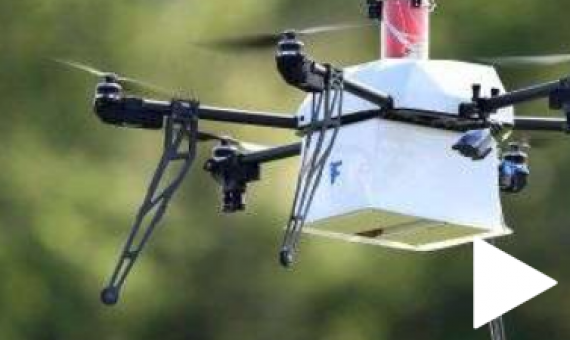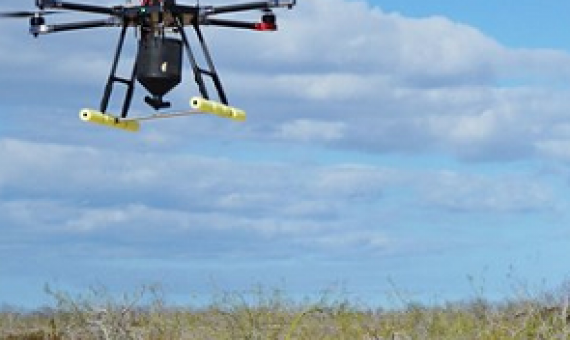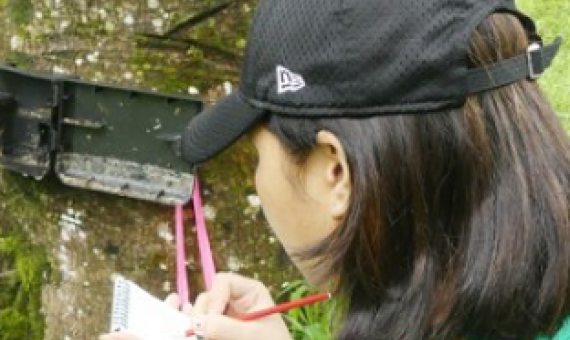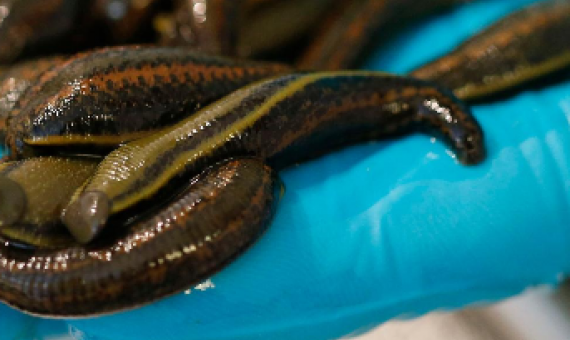One application currently being tested is whether drones can be used to drop feed to rebait automated traps to catch feral pigs. Another is using unmanned aircraft to help count cattle.
A new study has revealed the Galapagos Islands have more than 50 non-native species probably brought in on boats. Click on the link above to read the full article.
In a major international collaboration, scientists, researchers and conservationists have drawn up a list of 107 islands that offer the best chance to save some of the world’s most threatened species. New Zealand has five islands on the list.
Three Abel Tasman National Park islands are now predator free again after a 2017 operation successfully eradicated mice on the islands, says the Department of Conservation.26 March 2019. Click on the link below to read the full article.
SPREP Is Currently Seeking Interest From Suitable Qualified Individuals For The Following Vacancies:
CLIMATE CHANGE RESILIENCE
The sad reality is that few islands are safe from human-introduced invasive species. Even a seemingly remote island that people never visit is at risk... While drones can’t fix all the ecological messes we’ve made, on at least one island, they’ve helped win a pivotal battle.
...although rats do not originate from Samoa, studies suggest that migration activities in the past introduced these pests to Samoa’s islands with the earliest reports of rats in Samoa dating back to the early 1760’s. Click on the link below to read the full article.
The outlook may seem bleak, but there is a glimmer of hope as cutting edge technologies seek to assist in saving native flora and fauna; restoring habitats to their natural state in the process.
A Kiwi start-up has attracted international attention for its role in the world's first operation using drones to make an island rat-free. Click on the link below to read the full article.
An airport beagle sniffed out the creatures. Now authorities are trying to figure out what to do with them. Click on the link below to read the full article.
















